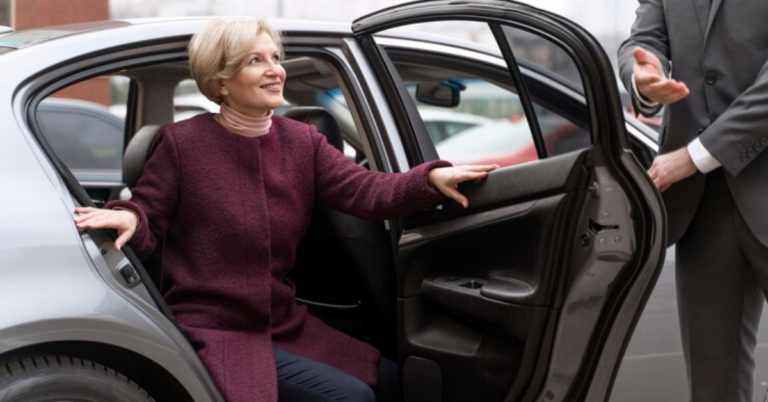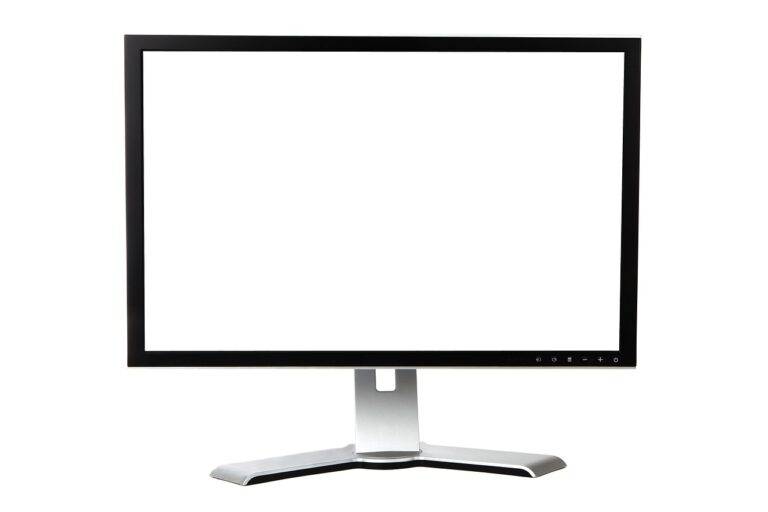The Evolution of Brick-and-Mortar Retail in the Digital Age
Traditional retail stores are confronted with the challenge of adapting to changing consumer preferences. With the rise of e-commerce, shoppers now have the convenience of making purchases from the comfort of their homes. This shift in consumer behavior has put pressure on brick-and-mortar stores to find innovative ways to attract customers and provide a unique shopping experience.
Additionally, traditional retailers struggle to compete with online stores due to the overhead costs associated with maintaining physical locations. Rent, utilities, and staffing expenses weigh heavily on traditional retail businesses, making it challenging for them to offer competitive pricing and promotions. As a result, many brick-and-mortar stores are finding it difficult to stay afloat in an increasingly digital marketplace.
Impact of e-commerce on brick-and-mortar retail
The rise of e-commerce has brought about significant challenges for brick-and-mortar retail stores. With the convenience of online shopping and the wide variety of products available at the click of a button, traditional retailers are facing stiff competition to attract customers to their physical locations. Many shoppers now prefer the ease and speed of purchasing goods online, leading to a decrease in foot traffic in traditional stores.
Furthermore, the lower operating costs of e-commerce businesses have allowed them to offer competitive prices that brick-and-mortar stores often struggle to match. This price advantage, coupled with the ability to reach a global customer base, poses a threat to the sustainability of traditional retail stores. As a result, many brick-and-mortar retailers are being forced to adapt their business models and enhance the in-store shopping experience to remain relevant in an increasingly digital world.
What are some of the challenges faced by traditional retail stores in the age of e-commerce?
Traditional retail stores face challenges such as increased competition from online retailers, changing consumer shopping habits, the need to adapt to new technology, and the pressure to offer competitive pricing.
How has e-commerce impacted brick-and-mortar retail?
E-commerce has significantly impacted brick-and-mortar retail by leading to a decrease in foot traffic, an increase in showrooming where customers browse in-store but purchase online, and the need for traditional retailers to enhance their online presence to stay competitive.
How can traditional retail stores adapt to the influence of e-commerce?
Traditional retail stores can adapt to the influence of e-commerce by offering omnichannel shopping experiences, improving their online presence and e-commerce capabilities, enhancing customer service and in-store experiences, and utilizing data and analytics to better understand consumer behavior.
Is there a future for brick-and-mortar retail in the age of e-commerce?
Yes, there is still a future for brick-and-mortar retail in the age of e-commerce. While online shopping continues to grow, many consumers still value the in-person shopping experience, and traditional retailers have the opportunity to innovate and evolve to meet changing consumer needs.






